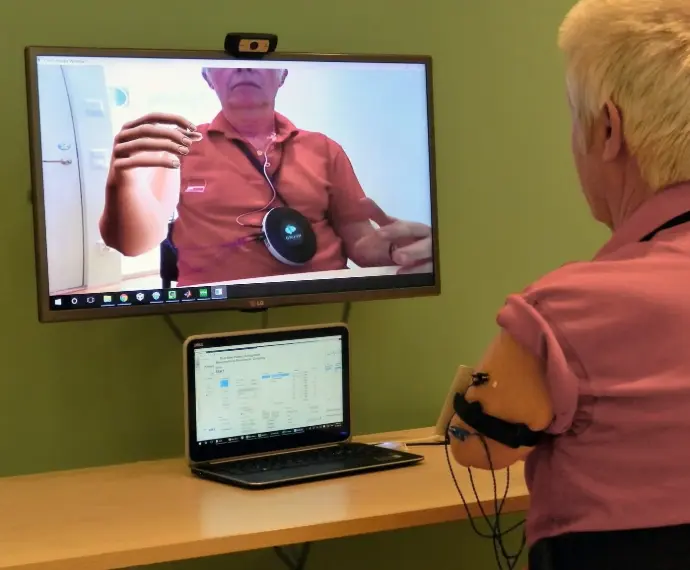¿Qué factores se deben considerar para seleccionar el tratamiento adecuado?
El tratamiento ideal para el PLP debería ser efectivo, sin riesgos y accesible. Lamentablemente, esto no siempre es posible, por lo que es importante considerar el equilibrio entre estos factores al tomar una decisión.
Eficacia
¿Existen meta-análisis o ensayos clínicos aleatorizados que concluyan que el tratamiento es efectivo a largo plazo? Los casos de estudio aislados sin seguimiento pueden indicar que un tratamiento es prometedor, pero no garantizan una solución permanente. En cambio, los estudios realizados en múltiples centros, con grupos de control adecuados, ofrecen evidencia más sólida sobre su efectividad y permiten comprender mejor los riesgos asociados.
Temporalidad
La atención puede modificar radicalmente la percepción del dolor. Muchos tratamientos funcionan distrayendo la atención del paciente, lo que disminuye la intensidad del dolor. Sin embargo, cuando la distracción desaparece, el dolor suele volver. Por eso es importante considerar si el tratamiento es efectivo a lo largo del tiempo, idealmente con estudios que incluyan seguimientos durante meses o incluso años.
Riesgos
Los efectos secundarios o posibles complicaciones deben valorarse junto con la eficacia y el costo del tratamiento. Los procedimientos invasivos e irreversibles suelen implicar mayores riesgos que aquellos que son no invasivos y reversibles.
Costo
Los tratamientos complejos tienden a ser más caros, pero eso no significa que sean más efectivos. Recuerda que un mayor precio no garantiza mejores resultados cuando se trata del tratamiento del PLP.
Accessibilidad
Lamentablemente, no todos los tratamientos están disponibles o aprobados en todas las regiones. También es importante considerar el apoyo o seguimiento a largo plazo que podrías necesitar para el tratamiento elegido.
¿Cómo seleccionar un tratamiento para PLP?
Effectiveness and associated risks are certainly the most important factors to consider when selecting a treatment. Ideally, high effectiveness and low risks. Then non-invasive, reversable, and inexpensive treatments should be attempted first over more invasive, irreversible, and expensive ones.
La efectividad y los riesgos asociados son, sin duda, los factores más importantes a tener en cuenta al momento de elegir un tratamiento, lo ideal es optar por opciones con alta efectividad y bajo riesgo. Es recomendable comenzar con tratamientos no invasivos, reversibles y económicos antes de considerar alternativas más invasivas, irreversibles y costosas.
Al evaluar un tratamiento para el PLP, puedes hacerte o consultar con tu médico, preguntas como:
- ¿Existen meta-análisis o ensayos clínicos que respalden la efectividad del tratamiento?
- ¿Cuánto tiempo duraron los seguimientos en los estudios publicados? ¿Fueron meses o años?
- ¿Cuáles son los riesgos y efectos secundarios conocidos?
- ¿El tratamiento es reversible? Si no lo es, ¿qué se puede hacer si algo sale mal?
Tratamientos para PLP
El dolor es una experiencia compleja, la forma en que funciona nuestro cuerpo (fisiología) y cómo interpretamos lo que nos ocurre (psicología) influyen en cómo experimentamos el dolor, y ambos factores se afectan mutuamente.
De igual manera, los cambios en el cuerpo ya sea a través de procedimientos invasivos o no invasivos pueden alterar la forma en que el cerebro procesa la información, generando cambios duraderos (“plasticidad”) en la manera en que se percibe el dolor.
Por eso, aunque los tratamientos del dolor pueden clasificarse en categorías distintas, muchas veces están conectados entre sí y pueden complementarse para lograr mejores resultados.







